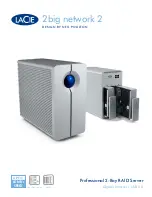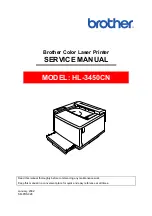
Operations Manual
SV-2003-X2 Server
Part Number: 1006446
Page 24 of 72
Version 1.0. 10/30/07
4.5.1.9 Plug and Play BIOS
Today's BIOS' are Plug and Play (PnP)-aware.
This means they are able to automatically
assign resources such as IRQ and DMA to
PnP devices.
Information about PnP devices is stored in a
separate area of non-volatile CMOS memory,
called the Extended System Configuration
Database (ESCD). Both the PnP BIOS and the
operating system can access this area and
communicate with each other about resource
settings assigned to PnP devices as well as
non-PnP devices. For example, when a fixed
interrupt request (IRQ) is manually assigned to
a particular device using Device Manager,
Windows will write this information to the
ESCD on shutdown thereby preventing the
BIOS from assigning the same IRQ to a PnP
device at startup.
You can also reserve IRQs for non-PnP
devices in the CMOS setup, this will prevent
the BIOS from assigning these reserved
resources to PnP devices, a common example
is a legacy sound card that needs IRQ 5
.
4.5.1.10 Power
Management
Modern motherboards provide Advanced
Configuration and Power Management
Interface (ACPI) settings such as wake-up,
power button function and standby/suspend
timers. These functions are configured in the
CMOS Setup.
4.6 Identifying your I/O Connectors
Figure4-4 shows a typical configuration of I/O
connectors. Your configuration may vary
depending on the motherboard installed in your
server.















































